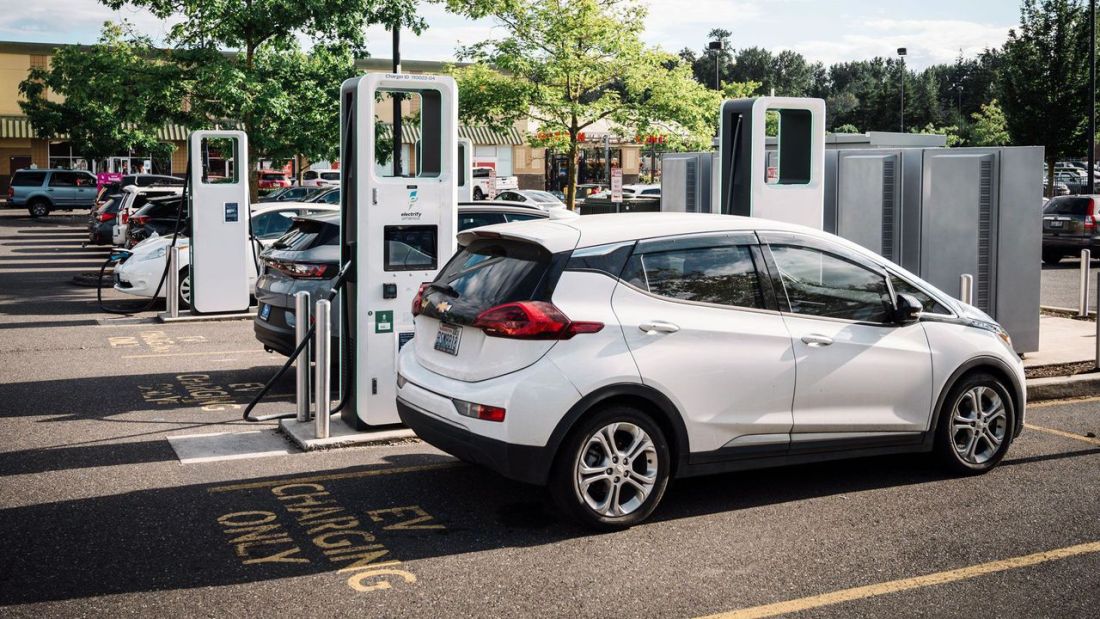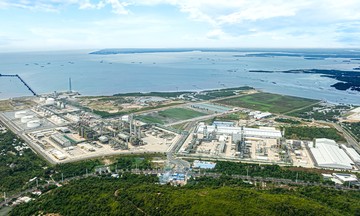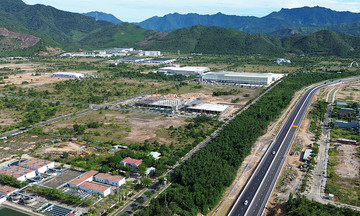According to data from Edmunds and the startup company Recurrent, over a third of used electric vehicles in the US are priced under 25,000 USD, with over half under 30,000 USD—price points rarely seen for new vehicles, including gasoline-powered cars. This makes used electric vehicles a viable option for young people, especially Generation Z, a demographic known for its environmentally conscious preferences.
Used electric vehicles are not only competitive in price but have also outsold gasoline-powered cars in the US over the past five to seven months, signaling a shift in consumer behavior.
Part of this supply comes from a previous 7,500 USD US government tax incentive program for new electric vehicle leases. After the leases expire, these well-maintained vehicles, which adhered to mileage limits and lease conditions, return to the market as used vehicles in good condition. JD Power forecasts approximately 215,000 electric vehicles will be returned next year.
 |
A parking lot in the US with integrated electric vehicle charging stations. Photo: Edmunds |
A parking lot in the US with integrated electric vehicle charging stations. Photo: Edmunds
Along with price and supply, battery life is a crucial factor. Data from Recurrent shows that 2011 model-year electric vehicles retain about 79% of their original battery capacity. For 2020 models, this figure rises to 97%. A survey by Arval, a European vehicle leasing company, found that many vehicles maintain an average of 93% battery capacity after 70,000 km of use.
Meanwhile, Geotab's research on 5,000 electric vehicles shows that battery capacity declines by an average of only 1.8% per year, a significant improvement from the 2.3% decline recorded in their previous 2019 study. Some electric vehicle models have a battery degradation rate of just 1% per year.
These figures are helping to change perceptions about rapid electric vehicle battery degradation, raising expectations for a longer lifespan of decades without needing battery replacements.
While the used electric vehicle market is booming in the US, Vietnam is also seeing shifts in its most popular vehicle segment—motorcycles. Industry experts believe that the roadmap to ban gasoline-powered motorcycles in some areas of Hanoi, and potentially Ho Chi Minh City in the future, will significantly impact the Vietnamese motorcycle market.
 |
A person riding a VinFast electric motorcycle. Photo: VinFast |
A person riding a VinFast electric motorcycle. Photo: VinFast
A long-time motorcycle expert in Ho Chi Minh City said that several major electric motorcycle manufacturers in Vietnam are already prepared to facilitate this transition for consumers.
"VinFast, for example, has a vast network of charging stations, dealerships, and service centers nationwide. Recently, they partnered with major banks to offer practical financial support for Hanoi residents purchasing electric vehicles, a program that may expand to other provinces and cities. This will remove barriers to green transportation," the expert commented.
According to a 2022 ICCT study, two-wheeled vehicles account for approximately 72.6% of travel demand in Hanoi and 82% in Ho Chi Minh City. Restricting gasoline-powered motorcycles means residents will adjust their travel habits and switch to electric vehicles.
Thai Anh












